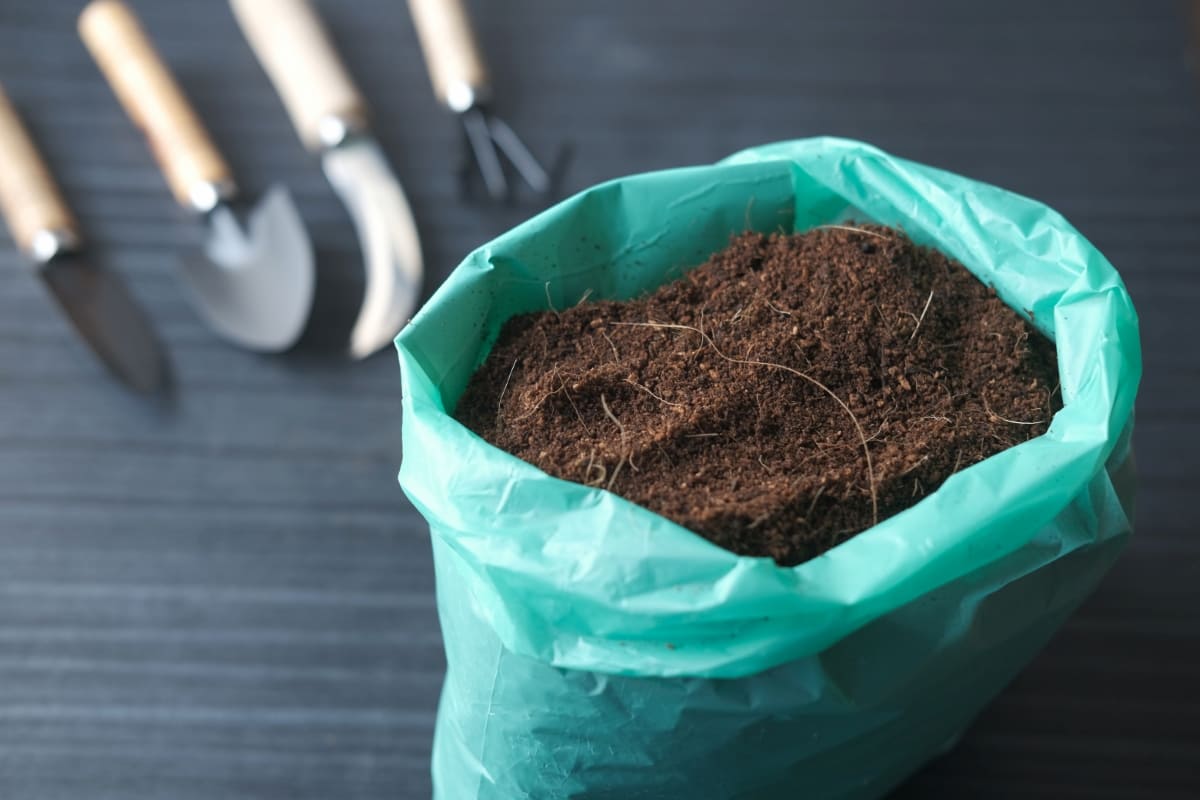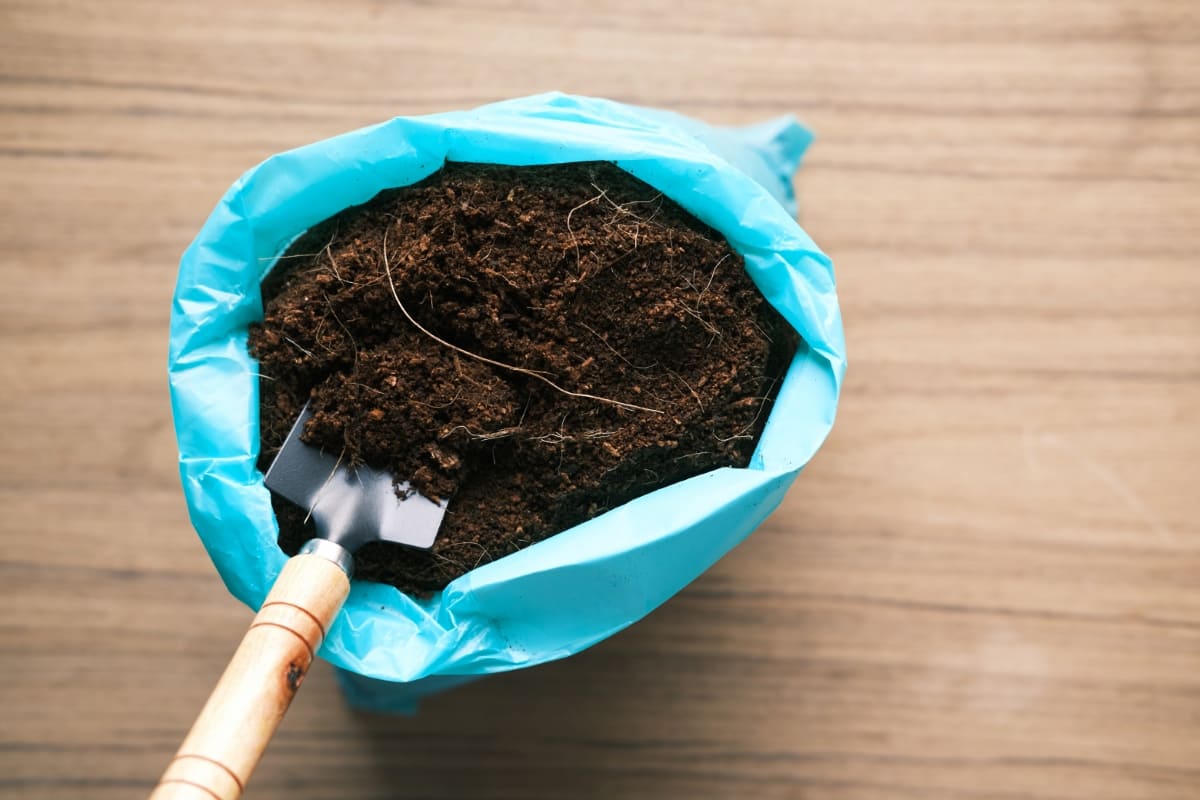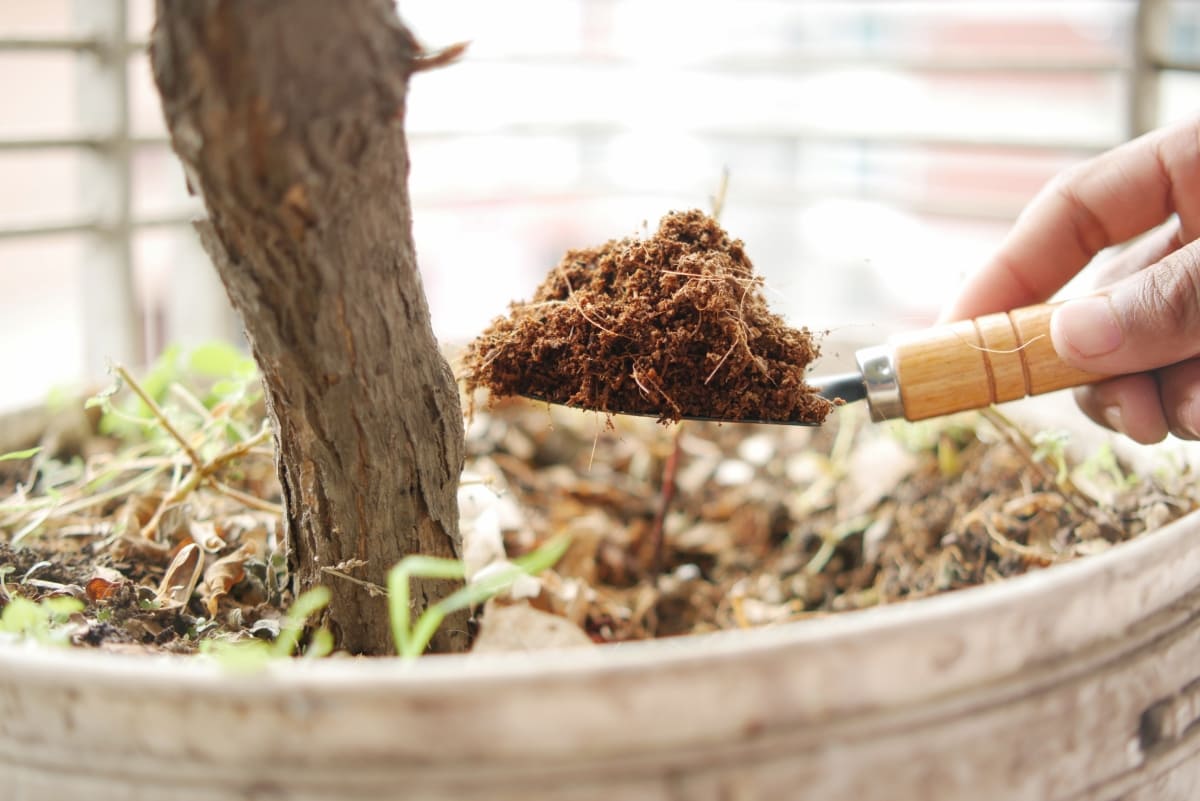Emerging as an essential tool in the contemporary gardening and agriculture arsenal, coco peat is a natural, eco-friendly material composed of coconut husk fibers. The composition of coco peat is incredibly diverse, giving it unique properties that make it ideal for multiple applications.

From using coco peat in hydroponics to pot-based gardening, this article will detail the process of making coco peat, its various uses, how to effectively use it at home, and how to navigate potential challenges, such as reducing the EC (Electrical Conductivity) of coco peat and understanding its disadvantages.
Composition of Coco Peat
The primary component of coco peat is the fibrous residue derived from the husk of coconuts. This residue consists mainly of coir fiber, coir dust, or coir pith, each having varying physical and chemical properties. Coir fiber makes up the more rigid part of the material and is known for its high lignin content, which gives it excellent durability and longevity.
On the other hand, dust or pith is a softer, powdery substance with excellent water-holding capacity. This composite nature of coco peat, rich in lignin and cellulose, provides excellent aeration, water retention, and nutrient-holding capacity, making it an ideal medium for plant growth.
Making Coco Peat
Creating coco peat is a multi-step process, beginning with extracting the coir fiber from the coconut husks. These husks are soaked in water for an extended period, allowing the fibers to soften and separate. Afterward, the softened fibers are removed, and the remaining material is processed further to produce dust or pith. This material is then compressed into bricks or blocks, which can be rehydrated and broken up to produce coco peat.
The Use of Coco Peat in Hydroponics
Due to its impressive water retention and aeration properties, coco peat has been extensively used in hydroponics, the soil-less cultivation of plants. Using coco peat in hydroponics involves carefully preparing the growing medium, which needs to be adequately washed to remove any residual salts, dried, and then buffered to stabilize its nutrient content. It is then mixed into the hydroponic system, often with other materials like perlite or vermiculite, following a specific mixing ratio to ensure optimal plant growth.
Coco Peat Disadvantages
Despite its numerous benefits, certain coco peat disadvantages must be considered. For instance, coco peat’s initial high salt content can be problematic for plant growth. Coco peat naturally contains significant amounts of potassium and sodium, which, if not properly leached, can negatively impact the growth of plants. Moreover, due to its high water-holding capacity, coco peat can sometimes become oversaturated, leading to root suffocation. It’s crucial, therefore, to manage watering schedules and have appropriate drainage to prevent this.
Utilizing Coco Peat in Pots
Coco peat’s utility isn’t restricted to hydroponics alone; it is also an excellent material for pot use. The high water retention capacity of coco peat allows it to keep potted plants hydrated for extended periods, reducing the frequency of watering required. However, it’s important to balance this by ensuring proper drainage to prevent waterlogging. When using coco peat in pots, the suggested mixing ratio is often one-third coco peat, one-third compost, and one-third garden soil, creating a well-balanced and nutrient-rich plant medium.
Ensure Proper Drainage
An important additional step in using coco peat, particularly for potted plants, is ensuring proper drainage. Given coco peat’s high water retention capacity, the material can become waterlogged, harming plant roots. To prevent this, add a layer of coarse material like gravel or clay pebbles at the bottom of the pot before adding your coco peat.
In case you missed it: How to Start a Coco Peat Making Business in India: A Profitable Ideas for Agri Entrepreneurs

This layer will allow excess water to escape, preventing waterlogging and maintaining the health of your plants. This step underscores the importance of fully understanding and managing the unique characteristics of coco peat to leverage its benefits in your gardening or hydroponics setup.
Reducing EC of Coco Peat
The EC, or Electrical Conductivity, of coco peat, measures the salt or nutrient concentration in the medium. High EC values can harm plants, and it’s critical to understand how to reduce the EC of coco peat. This can be achieved by flushing the coco peat with clean, non-salty water, a process known as leaching. The water dissolves the salts in the coco peat and carries them away, effectively reducing its EC. To ensure success, the water used for flushing should have a lower EC than the coco peat.
Which Plants Grow in Coco Peat?
The versatility of coco peat extends to its suitability for various plants. Many vegetables like tomatoes, cucumbers, peppers, and leafy greens grow exceptionally well in coco peat due to their excellent water retention and aeration properties. It’s also an ideal medium for many ornamental plants, including roses, geraniums, and ferns. Moreover, several herbs like basil, parsley, mint, and many indoor plants thrive in coco peat.
DIY Preparation Guide for Beginners
For beginners looking to use coco peat, a simple DIY preparation guide can help ease the process. Start by acquiring a coco peat brick from your local garden supply store. These bricks are compact and easy to transport. Place the brick in a large container and add water to rehydrate it.
The amount of water required will depend on the size of the brick, but generally, around 25-30 liters should suffice for a 5kg brick. Leave it to absorb water and expand, breaking it up occasionally to help it along. Your coco peat is ready to use once it has fully expanded and is soft to the touch. Remember, if you’re using coco peat for the first time, it’s crucial to rinse it thoroughly with water to remove any residual salts.
In case you missed it: How to Start a Coco Coir Making Business in India: A Profitable Ideas for Agri Entrepreneurs

This is a critical step in preparing coco peat for use, especially in hydroponics, where the salt content can directly impact the nutrient availability to the plants. After rinsing, you can mix the coco peat with other growing mediums following the suitable mixing ratio mentioned earlier or use it directly, depending on the specific needs of your plants.
Conclusion
Coco peat is an incredible medium for plant growth, with its use spanning across hydroponics to traditional pot gardening. However, it’s critical to understand the composition of coco peat, the potential disadvantages, and how to prepare and use it effectively to ensure optimal plant health. By following the information and guidelines presented in this article, beginners can confidently use coco peat in their gardening activities, contributing to a more sustainable, eco-friendly future.
- Feed Your Flock for Less: Top 10 Tips to Save on Chicken Feed
- Ultimate Guide to Ossabaw Island Hog: Breeding, Raising, Diet, and Care
- Hatching Answers: The Top 10 Reasons Your Chickens Aren’t Laying Eggs
- Eggs and Economics: Breaking Down the Cost of Raising Backyard Chickens
- Defend Your Greens: Proven Methods to Keep Iguanas Out of Your Garden
- Ultimate Guide to Cinnamon Queen Chicken: A Comprehensive Guide for Beginners
- Ultimate Guide to California Tan Chicken: Breeding, Raising, Diet, Egg-Production and Care
- Ultimate Guide to Marsh Daisy Chicken: Breeding, Raising, Diet, and Care
- 10 Types of Chicken Farming Businesses You Can Start for Profits